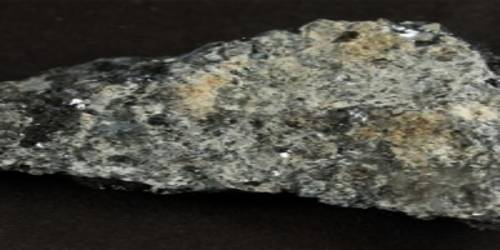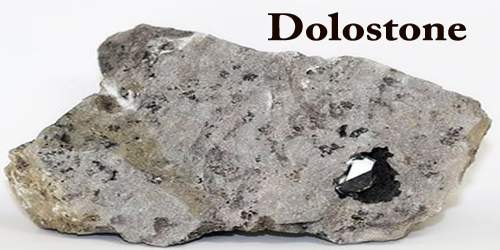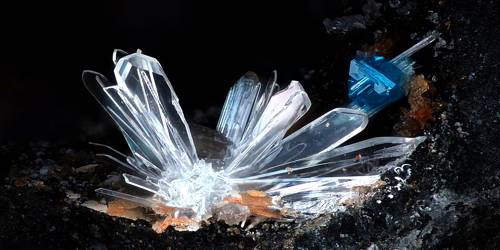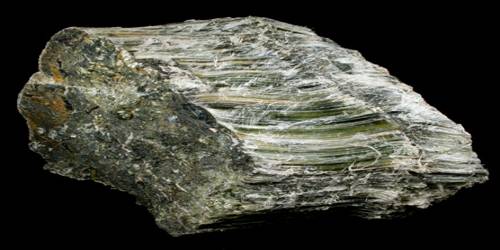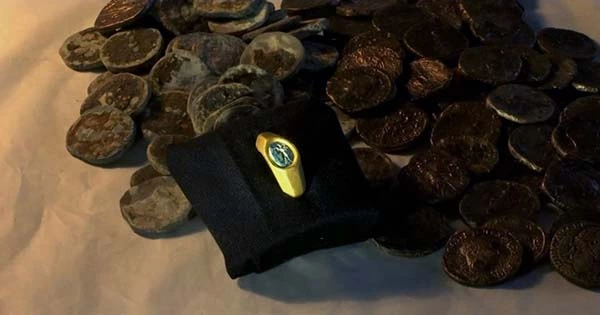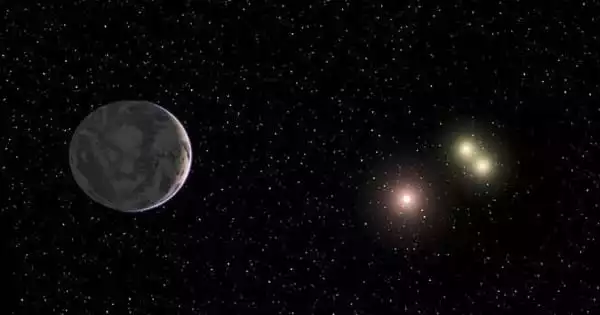Brianyoungite is a secondary zinc carbonate mineral. It was named after Brian Young (born- 1947), a field geologist and mineralogist associated with the British Geological Survey, who provided the first specimens. It is similar in appearance to hydrozincite, another zinc carbonate.
The Commission on New Minerals, Nomenclature, and Classification of the International Mineralogical Association (IMA) classifies it as a carbonate with the formula Zn3(CO3)(OH)4, but sulfate groups SO4 also occupy the carbonate CO3 positions, in the ratio of about one sulfate to three carbonates, so other sources give the formula as Zn3(CO3, SO4)(OH)4, and Gaines et al. classify the mineral as a compound carbonate.
General Information
- Category: Carbonate mineral
- Formula: Zn3(CO3, SO4)(OH)4
- Crystal system: Monoclinic
- Crystal class: Prismatic (2/m) (same H-M symbol)
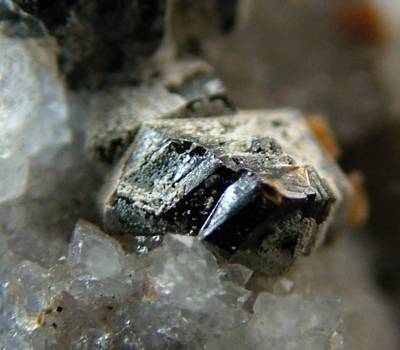
Properties
Brianyoungite can be identified in the field by its transparent colorless form, which has perfect cleavage. This mineral has a vitreous-glassy luster with a white streak. The density of brianyoungite is 3.93 – 4.09 g/cm3 with a hardness of 2-2.5 – lying between the hardnesses of gypsum and fingernail keratin.
- Color: White
- Crystal habit: Rosettes of thin blades, pseudo-orthorhombic with β close to 90°
- Cleavage: Perfect on {100}, possible on {001}
- Mohs scale hardness: Probably 2 to 2 1⁄2
- Luster: Vitreous
- Streak: White
- Diaphaneity: Transparent to translucent
- Specific gravity: 3.93 to 4.09
Occurrence
Brianyoungite occurs with gypsum on rubbly limestone in the oxidized zone of Brownley Hill Mine and on specimens from the nearby Smallcleugh mine. It may be a secondary post-mining mineral. At the type locality, it is associated with gypsum, smithsonite, pyrite, and goethite.
It is a rare secondary post-mine mineral which occurs in limestone-hosted oxidized Pb–Zn ores. It is often associated with minerals such as gypsum, goethite, smithsonite, and pyrite. The type locality is the Bloomsbury Horse level of the Brownley Hill mine, Nenthead, Alston Moor District, North Pennines, North and Western Region (Cumberland), Cumbria, England.
Infoormation Source:
